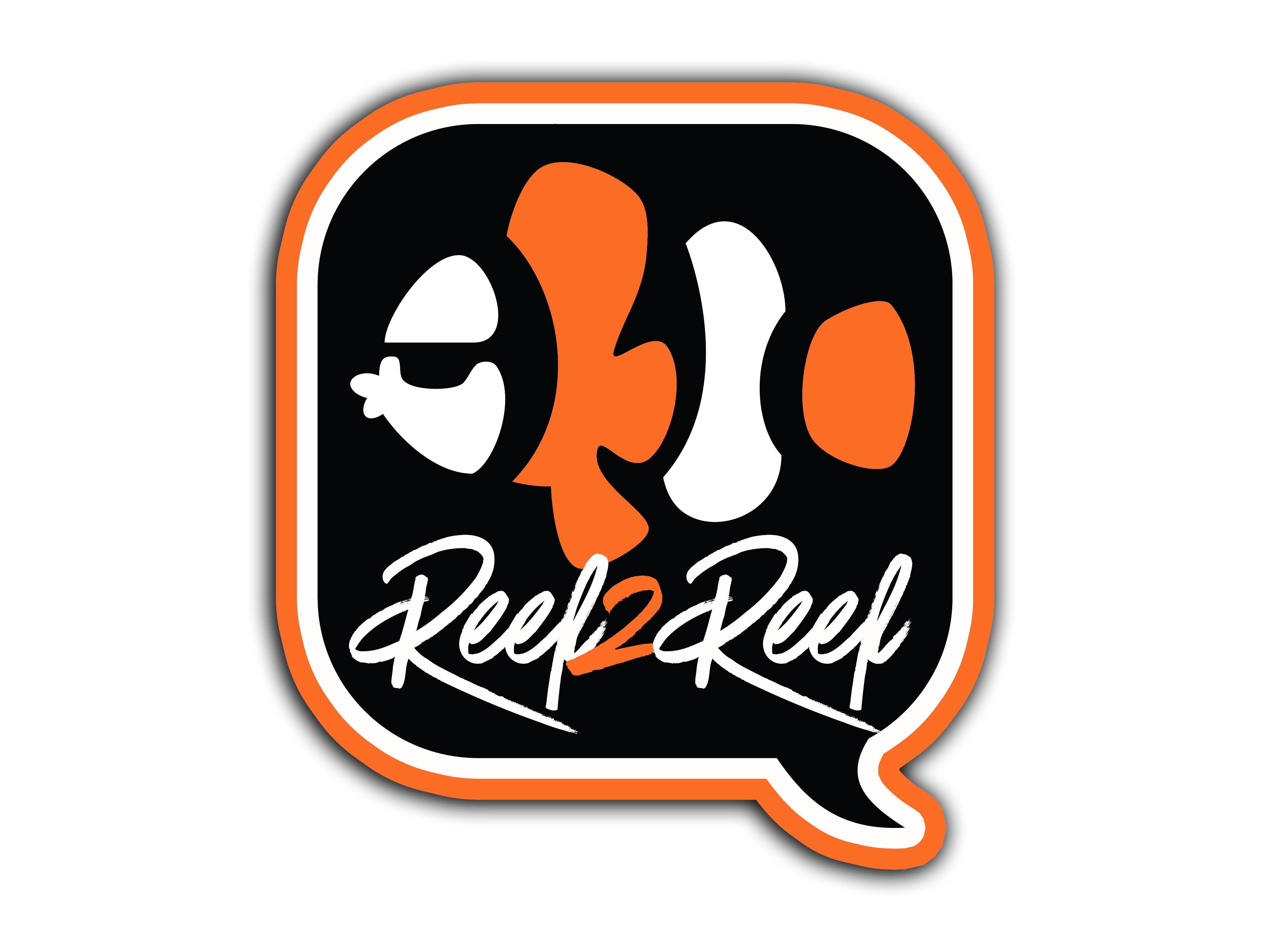- Joined
- Apr 20, 2019
- Messages
- 209
- Reaction score
- 68
I bought a new salt again that came to my door completely destroyed by moisture. I couldn't afford this for a second time so:
I mixed the salt in a bucket, collected all of the persipetaded solids using a canister filter, redissolved the solids in an HCl bath and then I neutralized the HCl, fixed the pH and the alkalinity, using NaHCO3 and Na2CO3 solutions.
After measuring Mg and Cal, both of their concentrations were a bit higher than usual, Mg was 1500ppm instead of the usual 1350ppm and Ca was 470ppm instead of the usual 450ppm (for the corresponding salt). (That probably is because a small amount of them always persipitates)
The HCl I used is sold as an HCl solution and nothing else. This procedure is much more efficient, way less expensive, way less time consuming and if it works way better than just fixing the Ca Mg and Alkalinity in a completely destroyed salt. Do you think it would be safe to use?
I mixed the salt in a bucket, collected all of the persipetaded solids using a canister filter, redissolved the solids in an HCl bath and then I neutralized the HCl, fixed the pH and the alkalinity, using NaHCO3 and Na2CO3 solutions.
After measuring Mg and Cal, both of their concentrations were a bit higher than usual, Mg was 1500ppm instead of the usual 1350ppm and Ca was 470ppm instead of the usual 450ppm (for the corresponding salt). (That probably is because a small amount of them always persipitates)
The HCl I used is sold as an HCl solution and nothing else. This procedure is much more efficient, way less expensive, way less time consuming and if it works way better than just fixing the Ca Mg and Alkalinity in a completely destroyed salt. Do you think it would be safe to use?



















